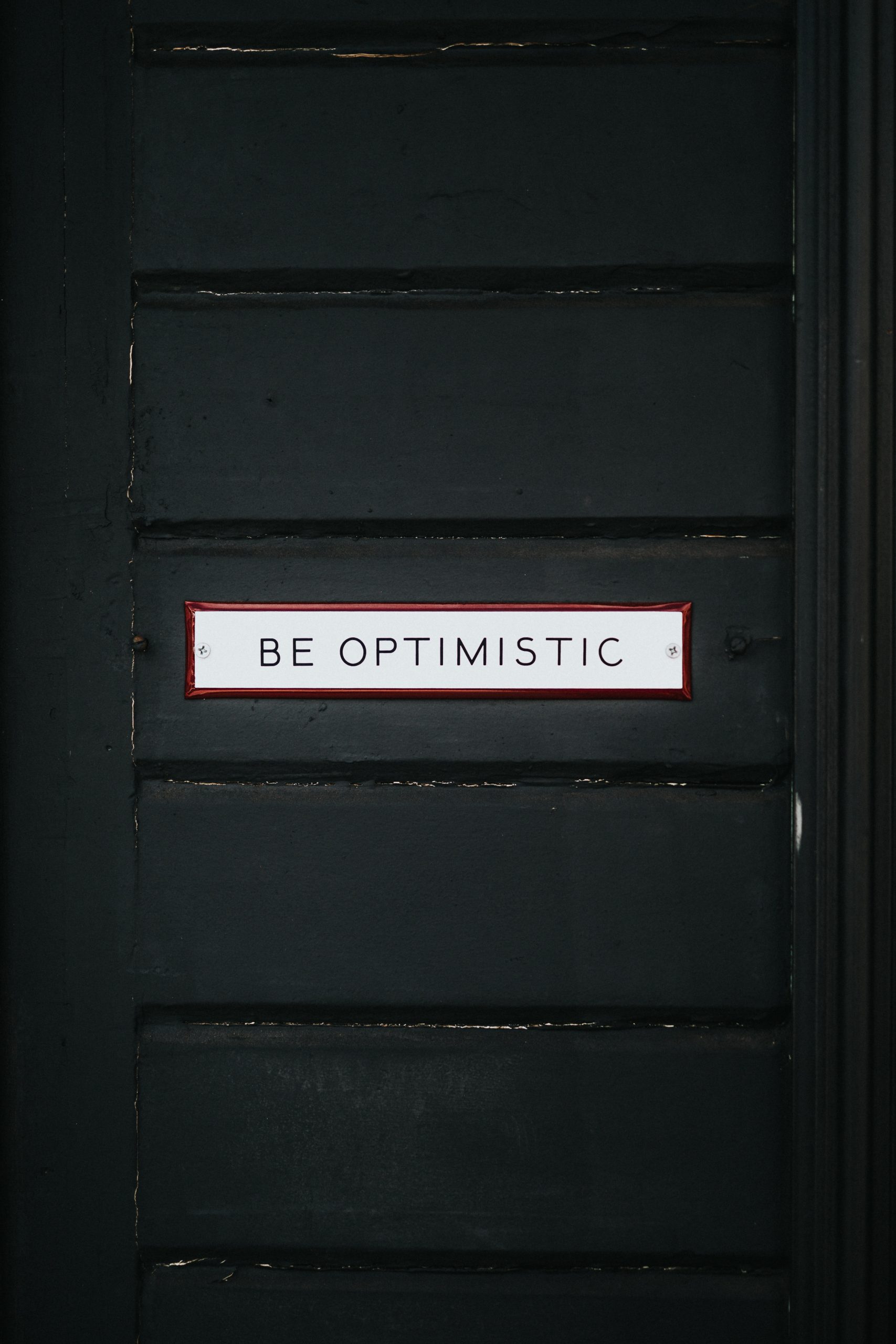The Meaning Behind the Islamic Crescent Moon and Star
The Islamic crescent moon and star have become iconic symbols associated with Islam. While their origins date back to ancient civilizations, their symbolism has evolved over time, encompassing both cultural and religious significance. In this blog post, we will delve into the history and meaning behind the Islamic crescent moon and star, exploring their representation within the Islamic faith and wider cultural context.
The Origins of the Crescent Moon and Star
The crescent moon and star symbols have a rich history that precedes their association with Islam. The use of celestial symbols in ancient civilizations can be traced back to Mesopotamia, where the moon and stars were revered deities. Their symbolism was later adopted by various cultures, eventually finding its way into Islam.
In the seventh century, when Islam emerged, the Arabian Peninsula was home to numerous cultures and religions, including Christianity and polytheistic faiths. As the new Islamic faith spread across the region, it encountered these existing symbols and merged them, incorporating the crescent moon and star into its own visual vocabulary.
The Symbolism within Islam
Within the Islamic faith, the crescent moon and star hold various meanings that reflect its core tenets and beliefs. While the Quran, the holy book of Islam, does not specifically mention these symbols, their significance has been developed through centuries of cultural association and interpretation.
The Crescent Moon
The crescent moon is often associated with the beginning and end of the Islamic lunar month. The Islamic calendar follows a lunar system, with months determined by the sighting of the moon. As such, the crescent moon serves as a visual cue for Muslims to mark the start and end of important religious observances.
Beyond its role in the Islamic calendar, the crescent moon is also seen as a symbol of the divine feminine in Islamic mysticism. It is connected to the story of Fatimah, the daughter of the Prophet Muhammad, and is revered as a representation of purity and spiritual enlightenment.
The Star
The star, often depicted alongside the crescent moon, represents various aspects within Islam. One interpretation associates it with guidance and enlightenment, symbolizing the light of Allah, which guides believers on the path of righteousness.
Another interpretation relates the star to the Prophet Muhammad, who is often referred to as “the light-giving star” in Islamic literature. This symbolism reflects the central role of the Prophet in guiding Muslims and spreading the message of Islam.
The Cultural Context
The crescent moon and star symbols have also permeated cultural and national identities, not solely tied to religious symbolism. Many predominantly Muslim countries have adopted these symbols as part of their national emblems and flags.
One of the earliest examples is the flag of the Ottoman Empire, which featured a prominent crescent moon and star. Today, the crescent moon and star can be seen on the flags of countries such as Turkey, Tunisia, Algeria, and Pakistan, among others. These representations often carry historical and political significance.
Misconceptions and Controversies
As with any symbolic representation, there are instances where misunderstandings and controversies arise. Some misconceptions have emerged, associating the crescent moon and star with various nefarious meanings, such as subjugation and imperialism.
It is essential to recognize that the symbolism of the crescent moon and star, both within Islam and beyond, is multifaceted and not limited to a single interpretation. The meaning attributed to these symbols can vary depending on individual perspectives and cultural contexts.
In Conclusion
The Islamic crescent moon and star carry deep significance rooted in both religious and cultural contexts. As symbols associated with the Islamic faith, they represent important aspects such as the lunar calendar, spirituality, and guidance. These symbols have also become part of cultural and national identities, permeating flags and emblems of various countries.
Understanding the history and meaning behind the Islamic crescent moon and star helps debunk misconceptions and fosters a more inclusive appreciation of the symbolism. By delving into the rich cultural tapestry of Islam, we can gain a deeper understanding of its traditions and values, promoting intercultural dialogue and understanding.
Table of Contents
